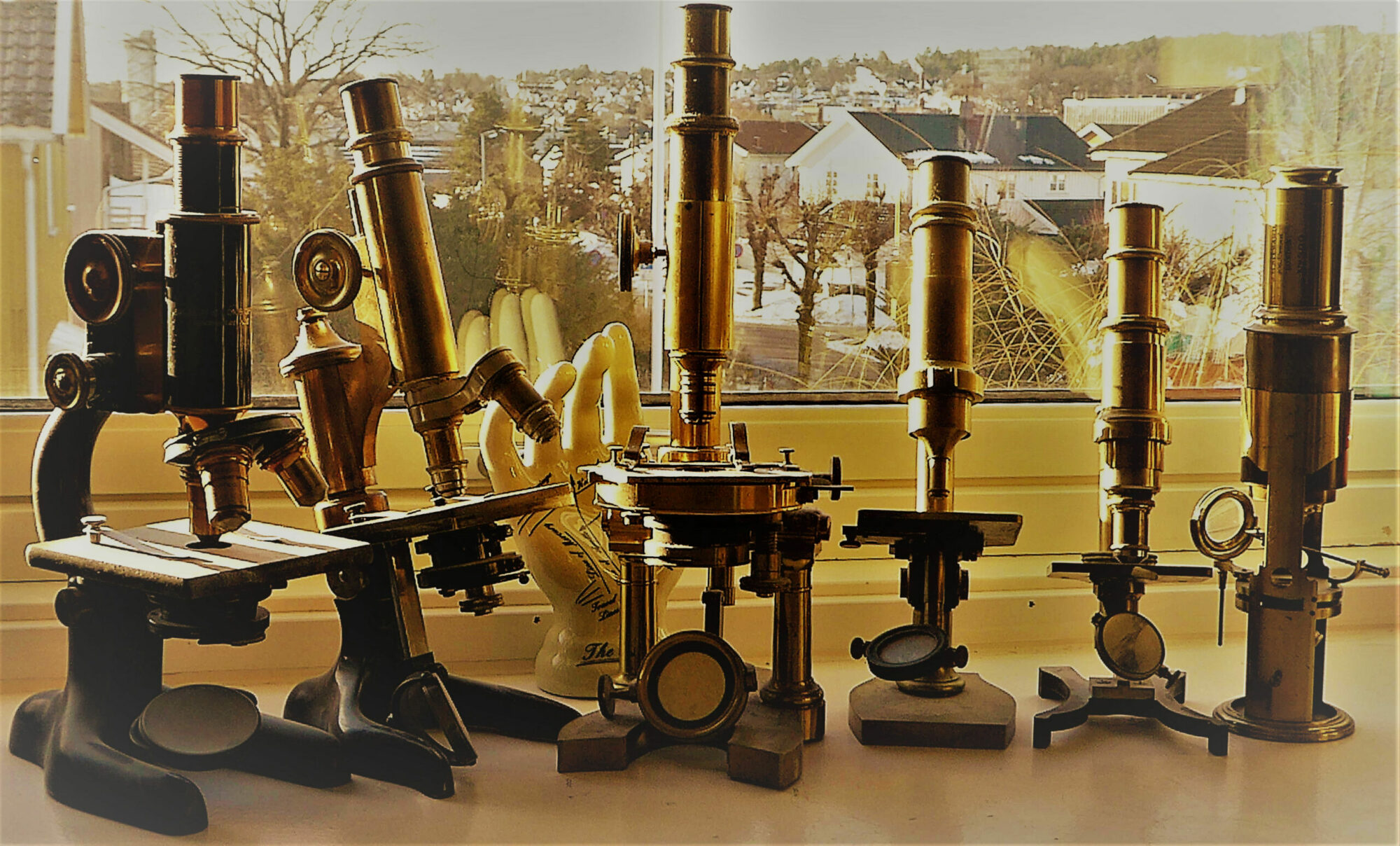NEUROPATHOLOGY – BRAIN
Brain Tumors
https://www.aans.org/en/Patients/Neurosurgical-Conditions-and-Treatments/Brain-Tumors
Prof. Dr. AYDIN SAV, Turkey / also about Prof. BURND WALTER SCHEITHAUER, Mayo Clinic, USA
NERVOUS SYSTEM Cambridge Illustrated Surgical Pathology. Hannes Vogel
BRAIN TUMOURS: CLASSIFICATION AND GENES V P Collins
Introduction to Neuropathology Charles G Eberhart MD PhD
ALZHEIMER’S DISEASE
Mary-Letitia Timiras M.D.
Overlook Hospital
Summit, New Jersey http://mcb.berkeley.edu/courses/mcb135k/Discussion/ML%20Timiras%20lecture.pdf
Aging and Alzheimer’s disease pathology https://onlinelibrary.wiley.com/doi/10.1111/neup.12626

